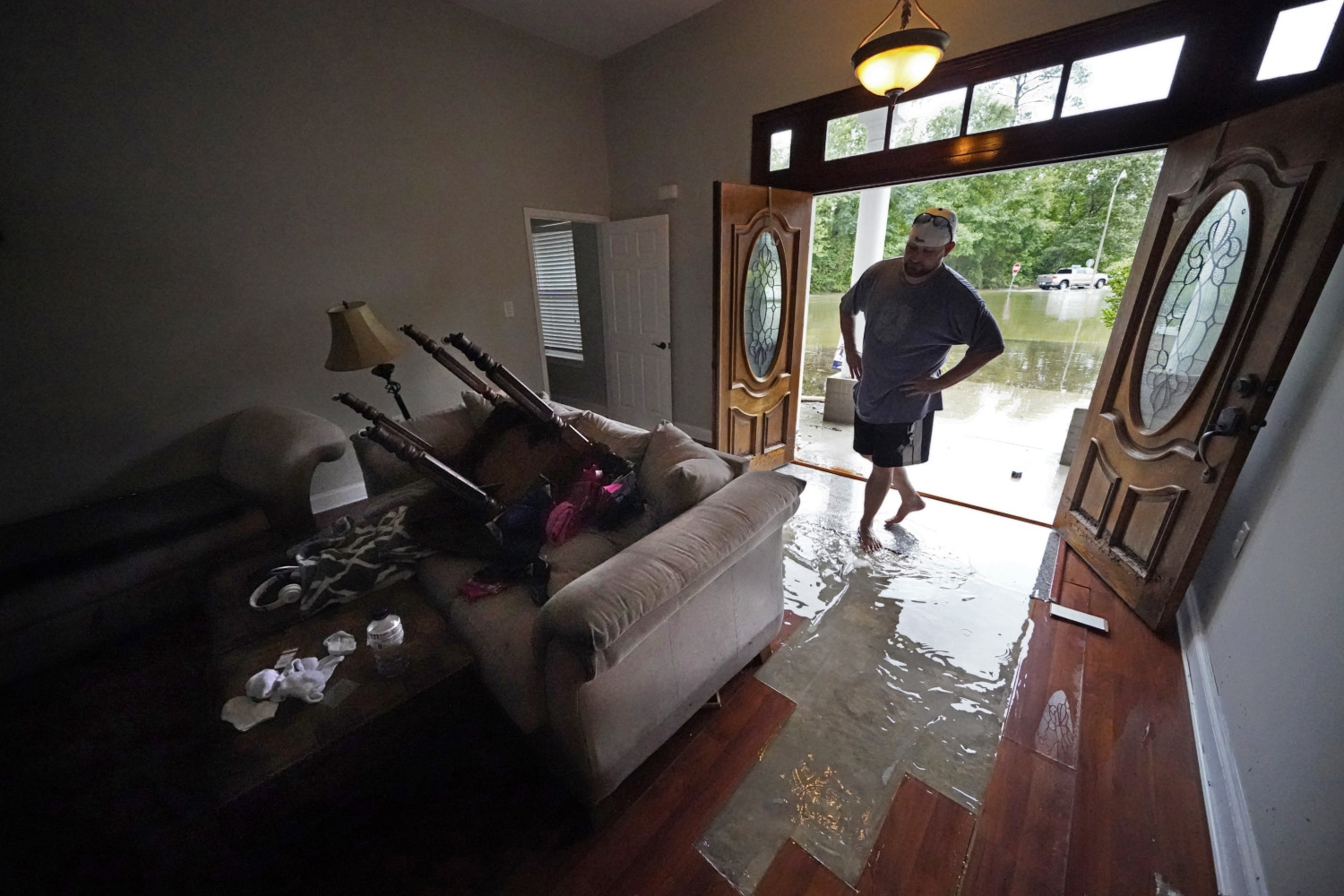NASA study warns of a moon ‘wobble’ to cause ‘dramatic increases’ in flooding

Higher tides and sea-level rise could combine to create a “decade of dramatic increases in flood numbers” along U.S. coastlines in the mid-2030s, according to a new study from NASA’s Sea Level Change Science Team at the University of Hawaii.
The higher tides in the 2030s will be the result of a regular “wobble” in the moon’s orbit, which shifts over the course of an 18.6-year cycle that was first documented in 1728 and influences the tides. In half the lunar cycle, the tides are gentler, with lower high tides and higher low tides than normal. In the other half, tides are amplified — so high tides are higher and low tides are lower.
In the mid-2030s, the part of the wobble that rises high tides higher will come at a time when sea levels are rising due to climate change, and the combination will bring more floodwaters to coastlines, NASA says in a statement about the study. This will put low-lying areas near coastlines at increased risk.
The study predicts increased flooding in coastal areas of most of the U.S. mainland, Hawaii and Guam.
Though these floods aren’t likely to be as large as what comes with a hurricane’s storm surge, the floods could come “in clusters lasting a month or longer,” according to NASA.
“It’s the accumulated effect over time that will have an impact,” Phil Thompson, an assistant professor at the University of Hawaii and the study’s lead author, said in a statement. “But if it floods 10 or 15 times a month, a business can’t keep operating with its parking lot under water. People lose their jobs because they can’t get to work. Seeping cesspools become a public health issue.”

Scientists said knowing about this convergence of rising tides and rising seas will help communities develop adaptation strategies to handle increased flooding potential that isn’t hurricane or storm-related.
“We’re going to have sort of a double-whammy,” William Sweet, study author and an oceanographer at the National Oceanic and Atmospheric Administration, told the Washington Post. “It means that coastal communities — unless they adapt and fortify — are likely to expect even greater flooding than they might otherwise.”
NASA has an online sea-level tool anyone can access to monitor conditions.


